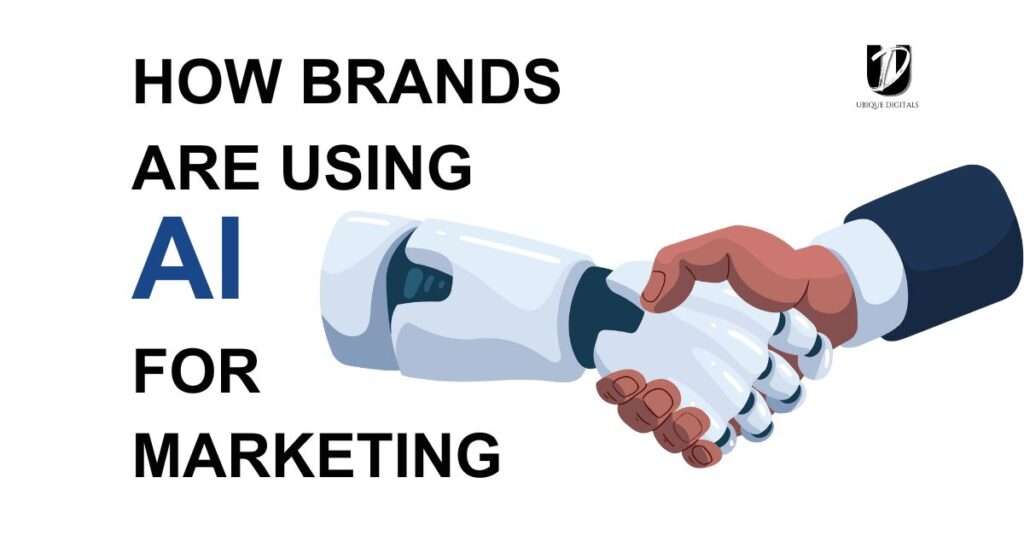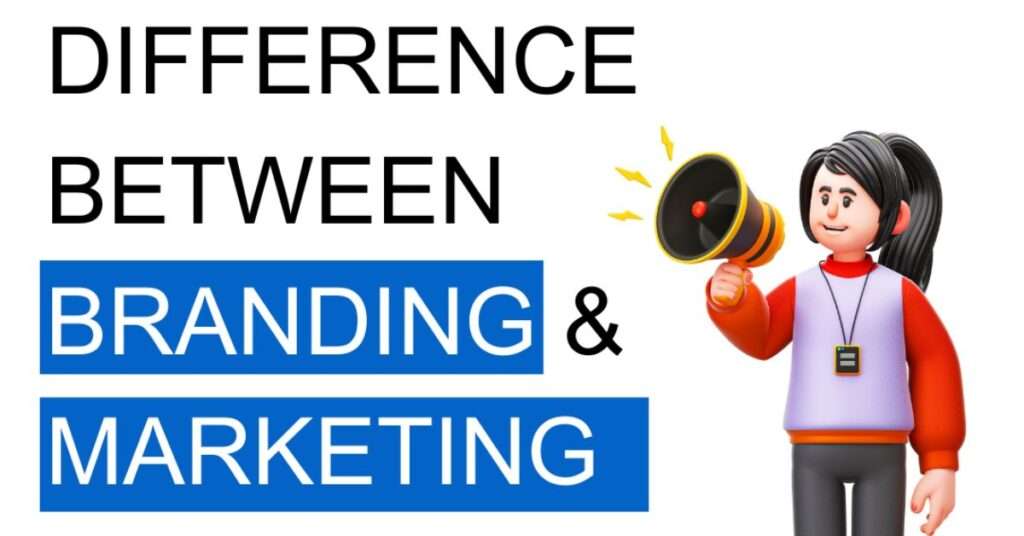14 Ways to Grow Your YouTube Channel with Ubique Digitals
In today’s digital age, YouTube has emerged as one of the most powerful platforms for content creators and businesses alike. With over 2 billion logged-in monthly users, the potential to reach a massive audience is unparalleled. However, growing a YouTube channel requires more than just uploading videos. Ubique Digitals, a premier digital marketing agency based in Gurugram, shares 14 effective strategies to help you grow your YouTube channel and achieve your goals. 1. Optimize Your Channel Page First impressions matter. Ensure your channel page is inviting and informative. Use a high-quality profile picture and banner, and create a compelling channel description that highlights what your channel is about and what viewers can expect. 2. Create Engaging Content Content is king. Focus on creating high-quality, engaging, and informative videos that cater to your target audience. Understand what your audience wants and deliver it consistently. 3. Use Keywords and Tags SEO isn’t just for websites. Research relevant keywords for your niche and incorporate them into your video titles, descriptions, and tags. This will improve your video’s visibility in search results. 4. Craft Compelling Thumbnails Thumbnails are the first thing viewers see. Create eye-catching thumbnails that accurately represent your content and entice viewers to click on your videos. 5. Leverage Playlists Organize your content into playlists to keep viewers on your channel longer. Playlists encourage viewers to watch multiple videos in a row, boosting your watch time and channel authority. 6. Collaborate with Other YouTubers Collaborations can introduce your channel to a new audience. Partner with other YouTubers in your niche to create content together and cross-promote each other’s channels. 7. Engage with Your Audience Build a community by engaging with your viewers. Respond to comments, ask for feedback, and encourage discussions. This interaction fosters loyalty and increases viewer retention. 8. Promote Your Videos on Social Media Leverage social media platforms to promote your YouTube videos. Share your content on Facebook, Twitter, Instagram, and LinkedIn to reach a broader audience and drive traffic to your channel. 9. Use End Screens and Cards End screens and cards are powerful tools to promote your other videos and encourage viewers to subscribe. Use them strategically to keep viewers engaged and guide them to more of your content. 10. Analyze and Adapt Use YouTube Analytics to understand your audience’s behavior and preferences. Analyze the data to identify what works and what doesn’t, and adapt your content strategy accordingly. 11. Create a Content Schedule Consistency is key. Develop a content schedule and stick to it. Regular uploads keep your audience engaged and coming back for more. 12. Invest in Good Equipment Quality matters. Invest in good video and audio equipment to improve the production quality of your videos. Clear visuals and crisp audio can make a significant difference in viewer experience. 13. Run YouTube Ads Consider investing in YouTube ads to promote your channel. Ads can help you reach a larger audience and gain more subscribers quickly. 14. Offer Value Ultimately, your channel should offer value to your viewers. Whether it’s entertainment, education, or inspiration, ensure your content provides something meaningful that keeps viewers coming back. Conclusion Growing a YouTube channel requires a strategic approach and dedication. By implementing these 14 strategies from Ubique Digitals, you can enhance your channel’s visibility, engagement, and subscriber count. Remember, success on YouTube doesn’t happen overnight. Stay consistent, keep experimenting, and continuously refine your strategy based on your audience’s feedback and analytics. With patience and persistence, you can achieve significant growth and establish a strong presence on YouTube.
14 Ways to Grow Your YouTube Channel with Ubique Digitals Read More »









